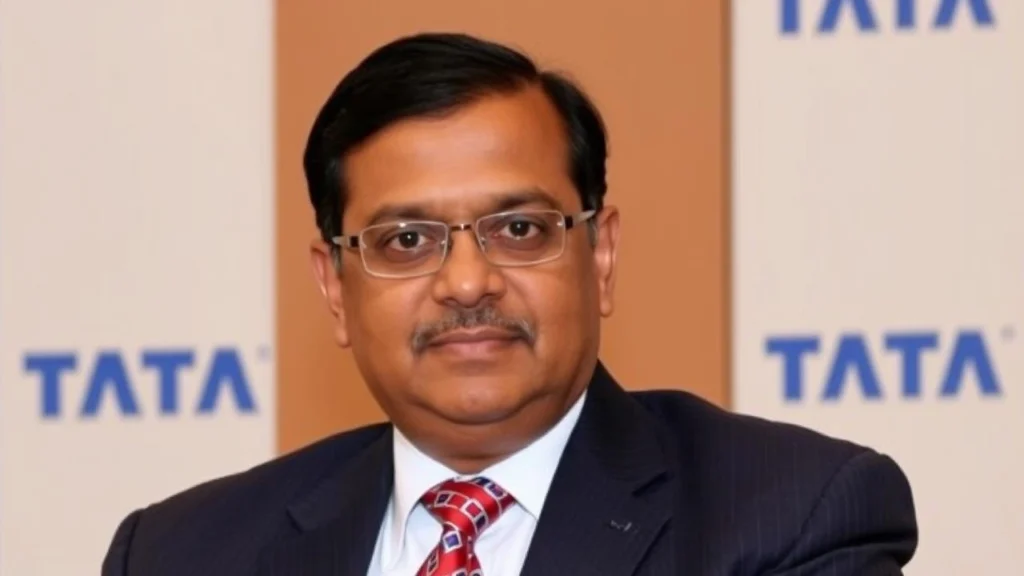The Directorate General of Civil Aviation (DGCA) plays a pivotal role in maintaining the highest safety standards in the aviation industry within India. As a regulatory body, it conducts meticulous surveillance of airports and aircraft operations to ensure compliance with national and international safety regulations. Recently, a series of inspections have revealed numerous safety flaws that could compromise the safety of air travel. This article delves into these findings, the implications for the aviation sector, and the necessary steps to enhance aviation safety.
Overview of the DGCA’s Findings
The DGCA’s surveillance operations involved rigorous checks at various airports and examinations of various aircraft, and the findings were alarming. A report highlighted multiple safety issues ranging from inadequate maintenance of aircraft to lapses in airport operational protocols. These findings are significant as they impact not only passenger safety but also the airline industry’s reputation and operational capability.
Key Findings from DGCA Surveillance
Below is a summary table of some significant safety flaws detected by the DGCA during their latest surveillance activities:
| Category | Safety Flaw | Implications |
|---|---|---|
| Airports | Insufficient runway inspections | Increased risk of accidents |
| Inadequate emergency response protocols | Delay in crisis management | |
| Poorly maintained firefighting equipment | Reduced efficiency in dealing with emergencies | |
| Aircraft | Lack of proper maintenance records | Potential for in-flight technical failures |
| Non-compliance with airworthiness directives | Risk of operational grounding | |
| Inadequate pilot training and certification | Increase in human error incidents |
Implications of Safety Flaws
The detection of such safety flaws raises serious concerns for the aviation industry:
- Passenger Safety Risk: The most critical implication is the heightened risk to passenger safety. Any failure in maintaining aircraft or infrastructure can lead to catastrophic accidents.
- Regulatory Scrutiny: Airlines and airports might face increased scrutiny from regulatory bodies. This can lead to stricter regulations, more frequent inspections, and possible penalties for non-compliance.
- Financial Consequences: Airlines found to have significant safety violations may incur hefty fines or face legal consequences. In addition, operational disruptions from grounded aircraft for maintenance can lead to substantial financial losses.
- Reputation Damage: Trust plays a foundational role in the aviation industry. Any safety concerns can lead to a loss of public confidence, affecting passenger booking patterns.
Quotation
“Safety is not just a priority. It is a core value that we must never compromise.” – Unknown
Steps to Improve Safety Standards
To address the identified safety flaws, it is essential for stakeholders in the aviation industry to undertake several corrective actions:
- Regular Training and Certification: Ensure all personnel, including pilots and maintenance crews, are regularly trained and certified to comply with the latest safety standards.
- Enhanced Maintenance Protocols: Establish rigorous aircraft maintenance schedules and practices, ensuring that all maintenance tasks are documented accurately.
- Strengthening Emergency Preparedness: Airports should develop and regularly test comprehensive emergency response protocols to ensure preparedness for potential incidents.
- Increased Inspections: Conduct more frequent and unannounced inspections to ensure continuous compliance with safety regulations.
- Collaboration with Global Agencies: Engage with international aviation safety organizations to adopt best practices and stay updated with global safety standards.
Conclusion
The detection of numerous safety flaws at airports and aircraft through the DGCA’s surveillance serves as a wake-up call for the Indian aviation industry. It underscores the necessity for a culture of safety that permeates every layer of operations. By prioritizing safety, investing in training, and enhancing maintenance protocols, the aviation industry can not only rectify the current shortcomings but also build a framework of trust and reliability for the future of air travel.
FAQs
What is the DGCA?
The Directorate General of Civil Aviation (DGCA) is the regulatory authority in India tasked with overseeing aviation safety and security. It formulates policies and regulations relating to civil aviation.
How often does the DGCA conduct inspections?
The frequency of inspections depends on multiple factors, including operational history, compliance records, and previous incident reports. High-risk entities might be inspected more frequently.
What are the consequences of safety violations?
Consequences can vary from warning letters, fines, grounded aircraft, increased regulatory scrutiny, and in severe cases, criminal charges against responsible parties.
How can passengers ensure their safety while flying?
Passengers can choose airlines with strong safety records, be aware of their rights, and stay updated on any safety-related news regarding their flight or airline.
What steps are taken if a safety flaw is detected?
Upon detection of a safety flaw, immediate action is taken to rectify the issue, which might include grounding an aircraft, initiating thorough investigations, and implementing corrective measures at affected facilities.
The DGCA’s efforts to maintain and enhance safety standards are crucial in ensuring that the aviation sector in India continues to uphold the trust and confidence of the flying public.
DGCA’s surveillance detects several safety flaws at airports, aircraft






